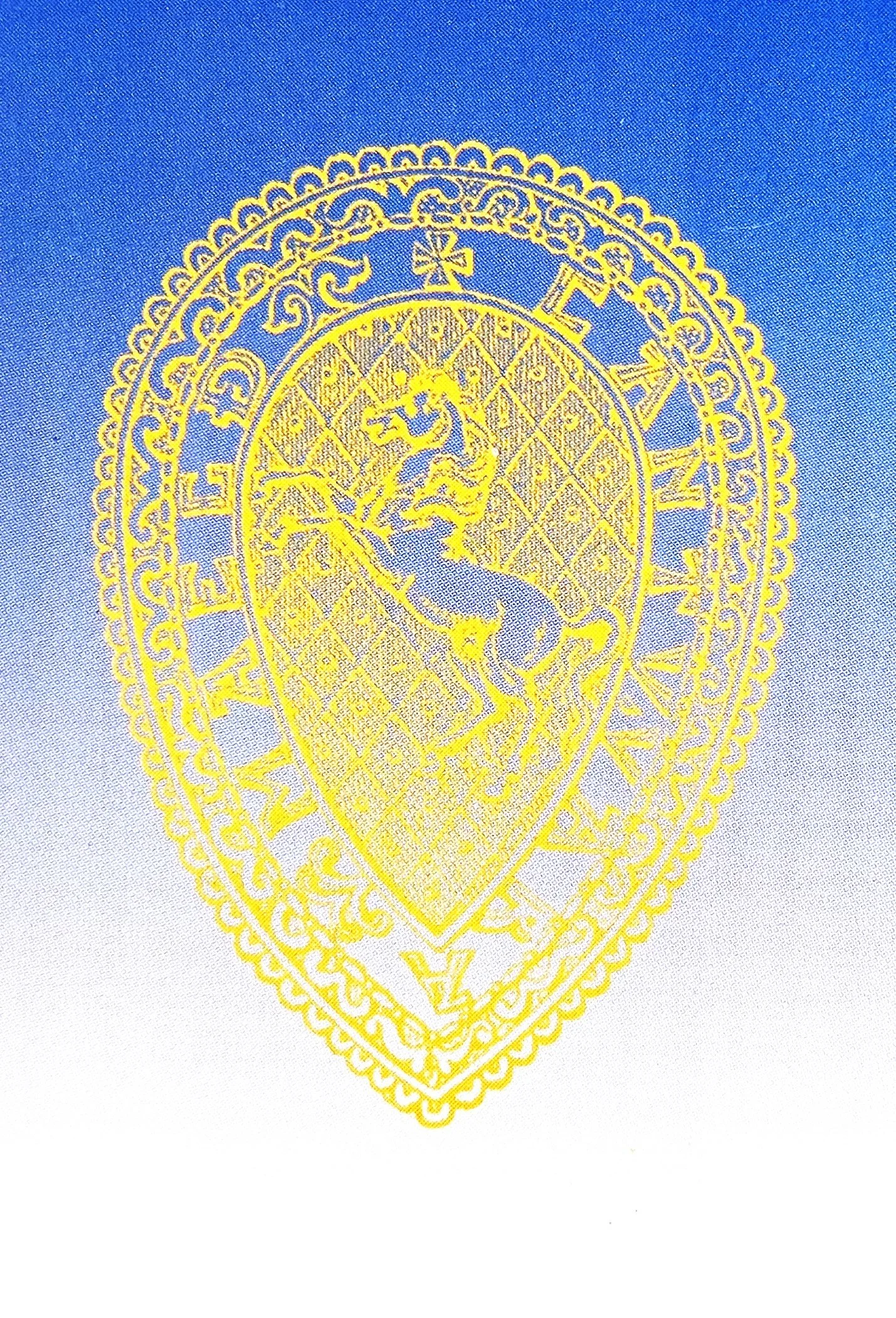, 2001, KAS Newsletter, Issue 51 (Winter 2001/2002). Maidstone: Kent Archaeological Society.
John Hammond, 2001, KAS Newsletter, Issue 51 (Winter 2001/2002). Maidstone: Kent Archaeological Society.
KAS Newsletter, Issue 51 (Winter 2001/2002). Maidstone: Kent Archaeological Society.
KAS Newsletter, Issue 51 (Winter 2001/2002). Maidstone: Kent Archaeological Society.
KAS Newsletter, Issue 51 (Winter 2001/2002). Maidstone: Kent Archaeological Society.
KAS Newsletter, Issue 51 (Winter 2001/2002). Maidstone: Kent Archaeological Society.
KAS Newsletter, Issue 51 (Winter 2001/2002). Maidstone: Kent Archaeological Society.
KAS Newsletter, Issue 51 (Winter 2001/2002). Maidstone: Kent Archaeological Society.
KAS Newsletter, Issue 51 (Winter 2001/2002). Maidstone: Kent Archaeological Society.
KAS Newsletter, Issue 51 (Winter 2001/2002). Maidstone: Kent Archaeological Society.
KAS Newsletter, Issue 51 (Winter 2001/2002). Maidstone: Kent Archaeological Society.
Paul Oldham, President, 2001, KAS Newsletter, Issue 51 (Winter 2001/2002). Maidstone: Kent Archaeological Society.
KAS Newsletter, Issue 51 (Winter 2001/2002). Maidstone: Kent Archaeological Society.
KAS Newsletter, Issue 51 (Winter 2001/2002). Maidstone: Kent Archaeological Society.
KAS Newsletter, Issue 51 (Winter 2001/2002). Maidstone: Kent Archaeological Society.
KAS Newsletter, Issue 51 (Winter 2001/2002). Maidstone: Kent Archaeological Society.
Sheila Broomfield, 2001, KAS Newsletter, Issue 51 (Winter 2001/2002). Maidstone: Kent Archaeological Society.
KAS Newsletter, Issue 51 (Winter 2001/2002). Maidstone: Kent Archaeological Society.
KAS Newsletter, Issue 51 (Winter 2001/2002). Maidstone: Kent Archaeological Society.
KAS Newsletter, Issue 51 (Winter 2001/2002). Maidstone: Kent Archaeological Society.
Liz Nussbaum, 2001, KAS Newsletter, Issue 51 (Winter 2001/2002). Maidstone: Kent Archaeological Society.
KAS Newsletter, Issue 51 (Winter 2001/2002). Maidstone: Kent Archaeological Society.
KAS Newsletter, Issue 51 (Winter 2001/2002). Maidstone: Kent Archaeological Society.
KAS Newsletter, Issue 51 (Winter 2001/2002). Maidstone: Kent Archaeological Society.
KAS Newsletter, Issue 51 (Winter 2001/2002). Maidstone: Kent Archaeological Society.
KAS Newsletter, Issue 51 (Winter 2001/2002). Maidstone: Kent Archaeological Society.
KAS Newsletter, Issue 51 (Winter 2001/2002). Maidstone: Kent Archaeological Society.
, 2001, KAS Newsletter, Issue 51 (Winter 2001/2002). Maidstone: Kent Archaeological Society.
Kate Kersey, Assistant Leader North Downs YAC, 2001, KAS Newsletter, Issue 51 (Winter 2001/2002). Maidstone: Kent Archaeological Society.








Lyn Palmer - Newsletter Editor & Information Officer, 2001, KAS Newsletter, Issue 51 (Winter 2001/2002). Maidstone: Kent Archaeological Society.